
Lettuce is one of those plants that plant breeders everywhere tinker with, so lettuce varieties seem to be endless.
There are 5 main types however:
Looseleaf or Fancy Lettuces are colourful and easy and fast to grow. The plants form open heads that allow you to harvest a few leaves at a time, or whole plants as needed.
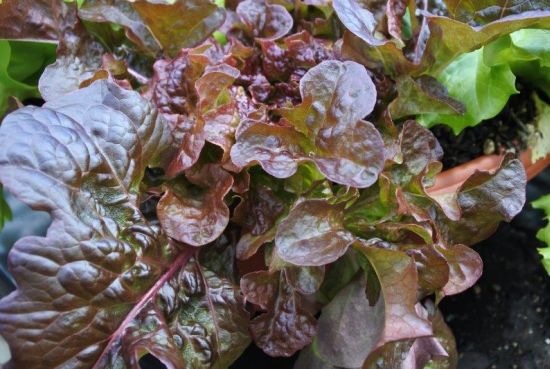
Butterhead Lettuces (also known as Bibb lettuces) form loose, open heads of tender leaves. They thrive in the warm days of autumn and the cool days from spring to early summer.
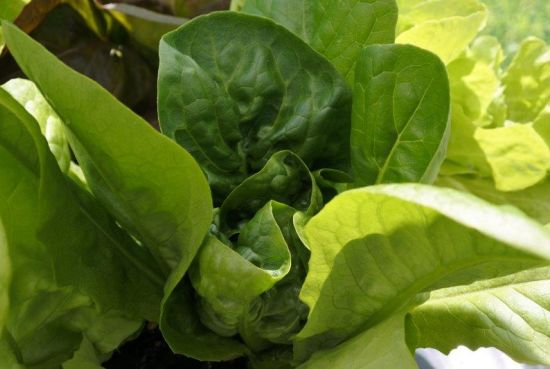
Cos or Romaine Lettuces form open, upright heads of deeply coloured leaves. The leaves have a stronger flavour than Looseleaf varieties and they have crunchy stems. Cos or Romaine lettuce is essential for the classic Caesar salad. As long as they get enough water, they can withstand some summer heat.
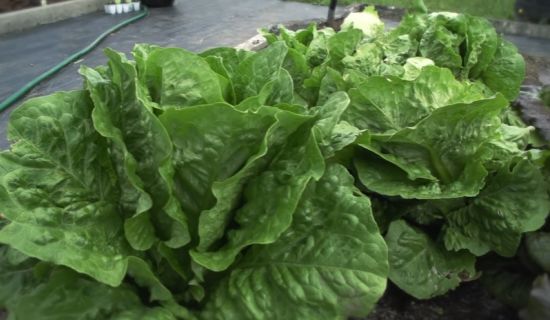
Batavian Lettuces have thick, crunchy leaves that hold better in the heat than other varieties. Batavian lettuces are heavier feeders than Butterheads, Looseleaf, and Cos varieties, so fertilise them during the growing period.
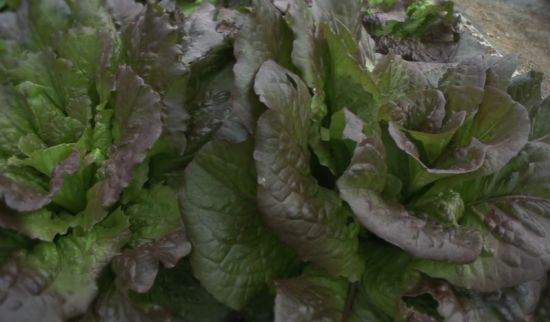
Hearting or Iceberg Lettuces roll their leaves into tight heads at maturity, like cabbages. These lettuces are prized for their disease resistance and ability to stand against summer heat without turning bitter.
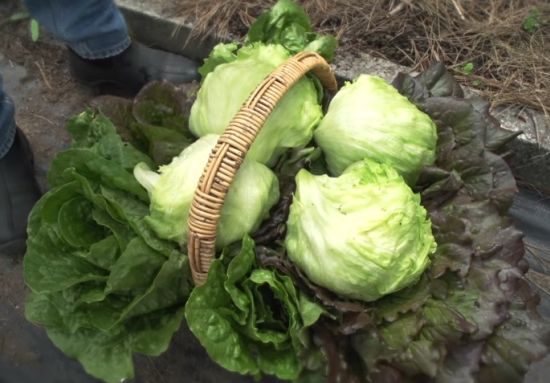
Generally speaking though, lettuce doesn’t do well in hot summer days so spring planting should be completed at least a month before the really hot days of early summer begin. You can plant again in late summer so lettuces mature during cool autumn weather. Successive plantings at 10 to 14 day intervals provide a continuous supply of lettuce.
Heat-tolerant varieties (mainly Looseleaf types) may be grown in the shade of taller crops or trees through most of the summer if extra care is taken to water them.
Prepare your garden bed with a good amount of compost and fork it all in. Apply nitrogen in the form of sheep pellets and/or blood and bone and phosphorus in the form of rock dust for root growth. Use a spade or fork to work the fertiliser into the top layers of the garden bed.
Plant seedlings 15-20 cms apart for Looseleaf lettuce, 20-25 cms apart for Cos or Butterhead and 30 cms apart for Iceberg lettuces. When growing vegetables organically you need good air movement between plants. Good air movement prevents diseases like downy mildew in lettuces.
You’ll need to set traps for slugs and snails or apply diatomaceous earth round the plants. Cover with hoops and nets so the birds don’t feed on them.
Lettuce has shallow roots, so weed around the plants carefully. Frequent light watering is best. Overwatering, especially in heavy soils, can lead to disease, soft growth and tip burn. Mulching can help moderate soil temperature.
Lettuces taste best when grown quickly. They’ll only taste bitter if there’s not enough moisture in the soil or if the soil is not nourishing enough for the plants.
Website designed by www.thecornerstorecollective.com
Developed by Richard Hpa